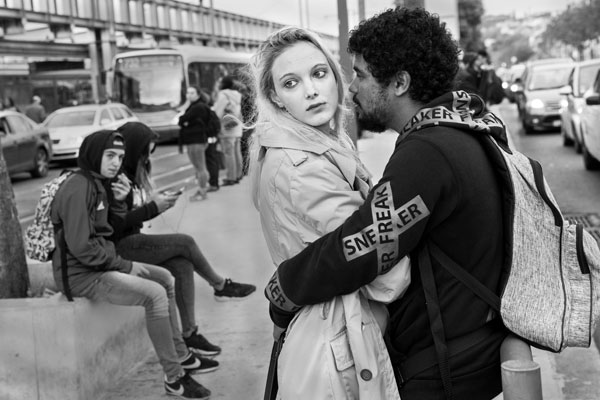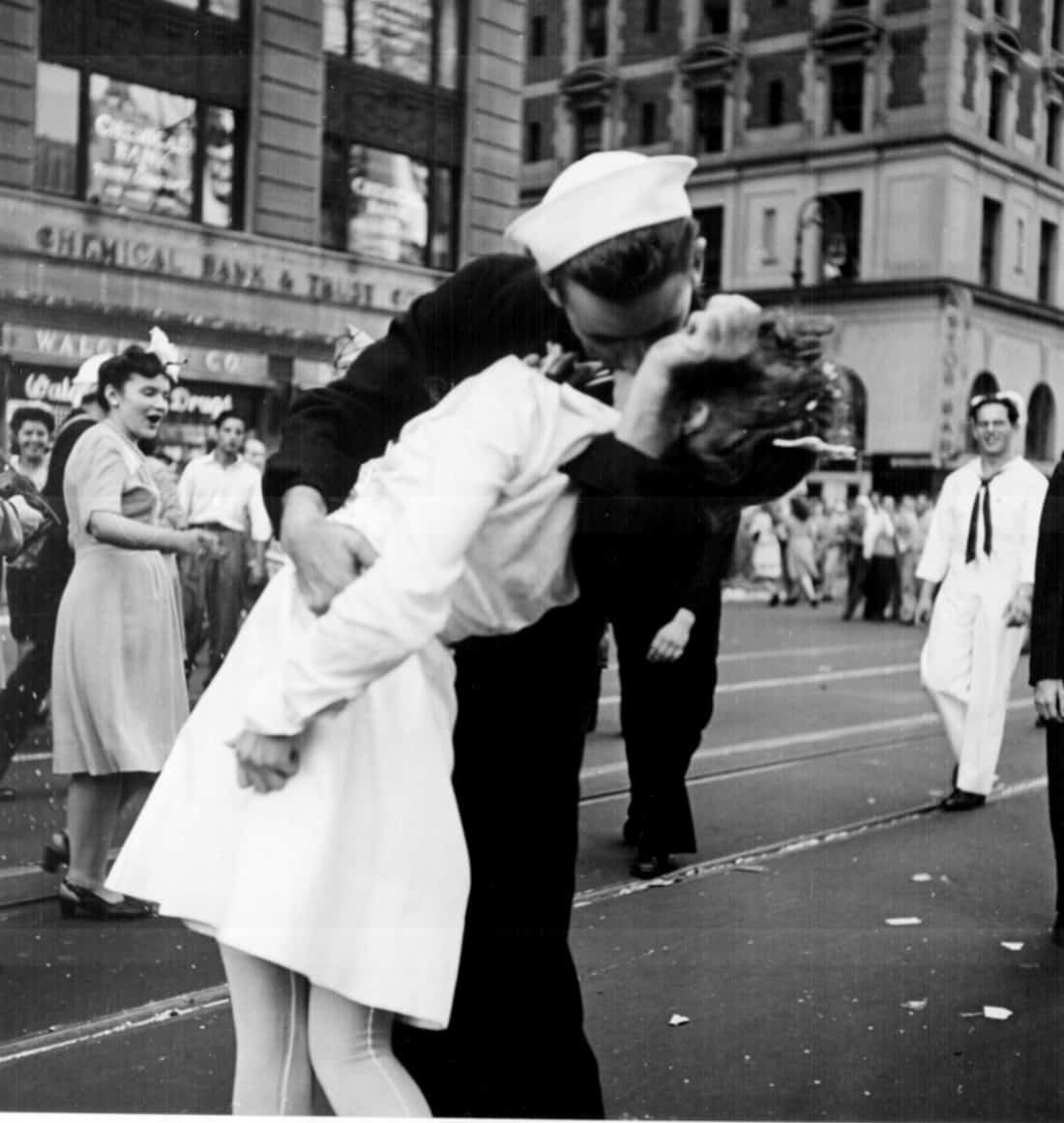Framing Streets - The Facts
Framing Streets - The Facts
Blog Article
Excitement About Framing Streets
Table of ContentsLittle Known Facts About Framing Streets.The Facts About Framing Streets RevealedFraming Streets Can Be Fun For EveryoneThe Ultimate Guide To Framing StreetsThe Ultimate Guide To Framing StreetsFraming Streets Things To Know Before You Buy
, normally with the goal of catching pictures at a decisive or emotional moment by careful framework and timing. https://folkd.com/profile/framingstreets1.
, who was motivated to take on a similar documentation of New York City. As the city established, Atget assisted to advertise Parisian streets as a worthy subject for photography.

The 8-Minute Rule for Framing Streets
Martin is the very first taped digital photographer to do so in London with a disguised video camera. Mass-Observation was a social research study organisation established in 1937 which intended to videotape daily life in Britain and to record the responses of the 'man-in-the-street' to King Edward VIII's abdication in 1936 to wed separation Wallis Simpson, and the succession of George VI. In between 1946 and 1957 Le Groupe des XV annually exhibited job of this kind. Andre Kertesz. Circus, Budapest, 19 May 1920 Road digital photography formed the significant material of 2 exhibits at the Museum of Modern Art (Mo, MA) in New York curated by Edward Steichen, Five French Professional Photographers: Brassai; Cartier-Bresson, Doisneau, Ronis, Izis in 1951 to 1952, and Post-war European Digital Photography in 1953, which exported the concept of road digital photography worldwide.

The Ultimate Guide To Framing Streets
, Recommended Site after that an educator of young kids, linked with Evans in 193839.'s 1958 publication,, was considerable; raw and usually out of focus, Frank's pictures questioned traditional digital photography of the time, "challenged all the official regulations laid down by Henri Cartier-Bresson and Walker Evans" and "flew in the face of the wholesome pictorialism and genuine photojournalism of American magazines like LIFE and Time".
Report this page